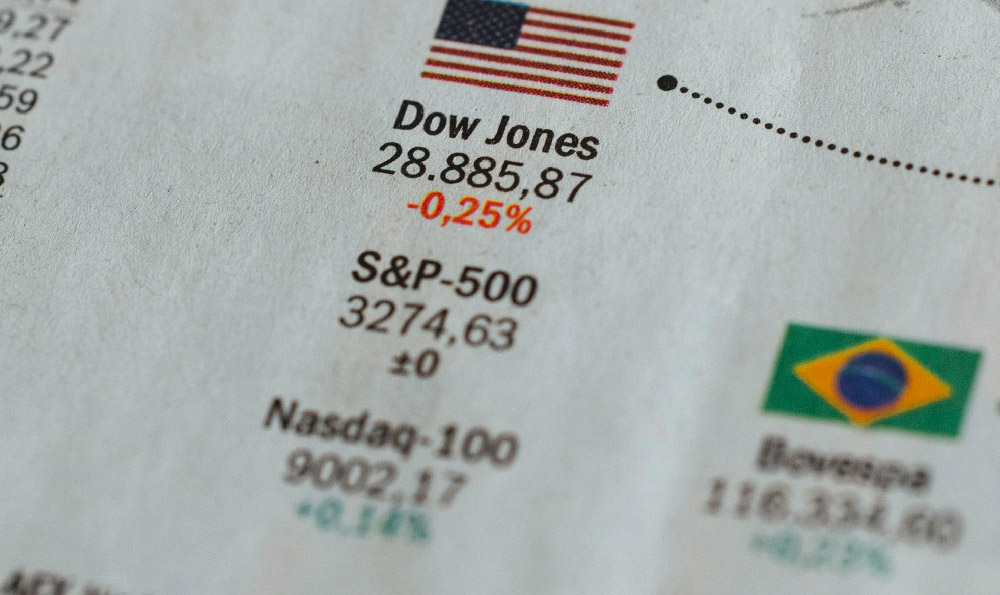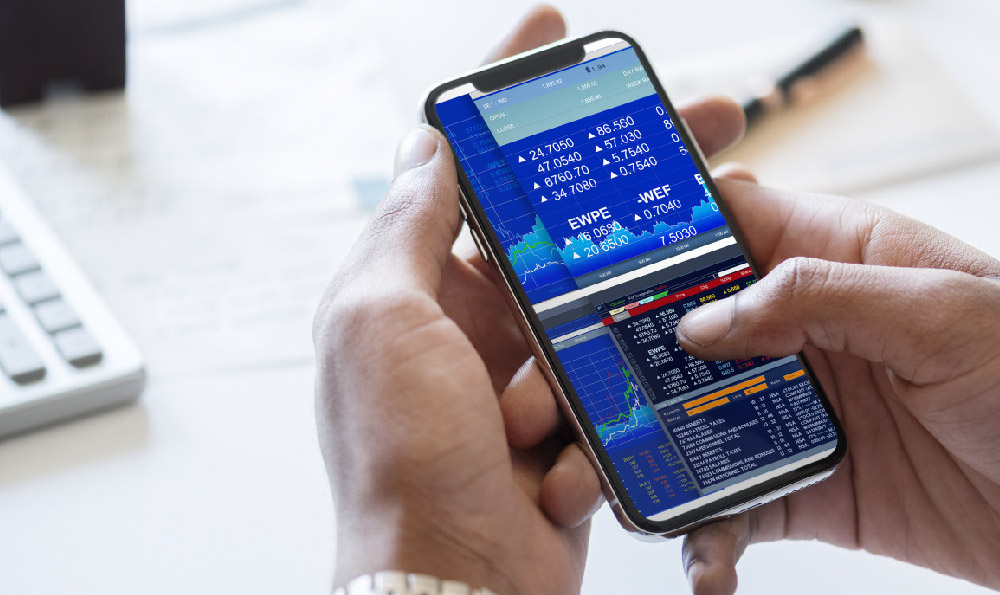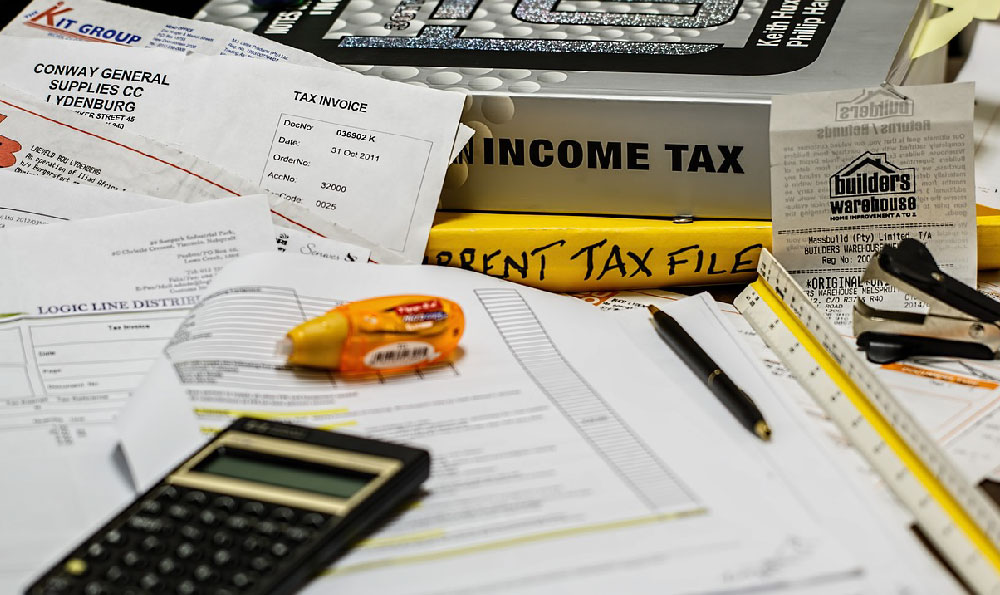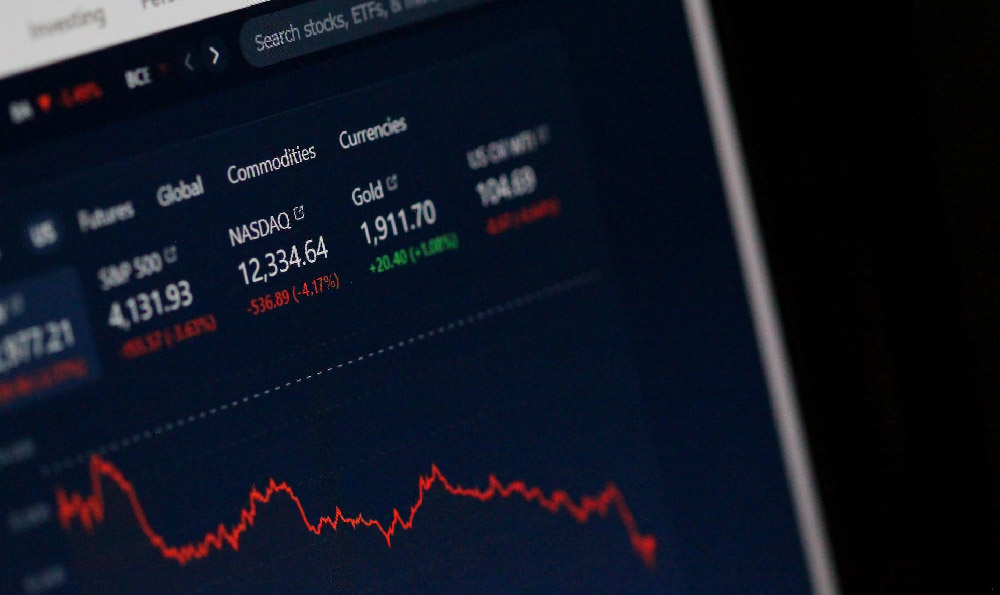Driving for Uber can be a flexible and potentially lucrative way to earn income. However, pinpointing an exact figure for potential earnings is complex, as it's influenced by a multitude of factors. The reality is that earnings can vary significantly depending on your location, the time of day you drive, the type of vehicle you use, and your driving habits. Understanding these elements is crucial for anyone considering becoming an Uber driver.
One of the most significant determinants of Uber driver earnings is location. Urban areas with high demand for ride-sharing services tend to offer more opportunities and higher fares. In densely populated cities, there are often surge pricing events, where fares increase significantly during peak hours or periods of high demand, such as during rush hour, special events, or inclement weather. Conversely, in suburban or rural areas, the demand for Uber services might be lower, leading to fewer ride requests and consequently, lower earnings. Furthermore, the cost of living in a particular area can also influence the effective value of your earnings. While a driver in New York City might earn more in gross revenue compared to someone in a smaller town, the higher cost of housing, transportation, and other expenses might offset that advantage.
The time of day and day of the week are other critical factors influencing your earning potential. Weekends, particularly Friday and Saturday nights, are generally the most lucrative times to drive, as many people are going out for entertainment or socializing. Similarly, early morning hours during the weekdays can also be profitable, especially in areas with airports or business districts, as people are commuting to work or traveling. Driving during off-peak hours, such as mid-day on weekdays, might result in fewer ride requests and lower earnings. Therefore, strategic scheduling is essential for maximizing your earning potential. This involves identifying the times and days when demand is highest and tailoring your driving schedule accordingly. Uber also provides drivers with data and insights on peak times and areas, which can be invaluable in optimizing your earnings.

The type of vehicle you drive can also impact your earnings. Uber offers different service levels, such as UberX, UberXL, Uber Black, and Uber Comfort, each requiring specific vehicle types and offering different fare structures. For example, UberXL requires a larger vehicle that can accommodate more passengers, and drivers providing this service typically earn higher fares. Uber Black, a premium service, requires a luxury vehicle and professional attire, and it commands the highest fares. Choosing the right vehicle for the service level you want to provide can significantly influence your earning potential. However, it's important to consider the costs associated with owning and maintaining a specific vehicle type, such as fuel consumption, insurance premiums, and maintenance expenses. A more expensive vehicle might generate higher fares, but it could also come with higher operating costs, potentially reducing your net earnings.
Beyond location, timing, and vehicle type, your driving habits and customer service skills can also play a role in your earnings. Providing a clean and comfortable ride, being courteous and professional, and maintaining a high rating from passengers can lead to more ride requests and potentially higher tips. Uber's algorithm often prioritizes drivers with higher ratings, meaning that drivers with consistently positive feedback are more likely to receive ride requests. Furthermore, being familiar with the area you're driving in and using navigation apps effectively can help you avoid traffic congestion and reduce the time it takes to complete each ride, allowing you to complete more rides and earn more money.
While the potential for earning a significant income driving for Uber exists, it's important to consider the expenses associated with the job. These expenses can include fuel costs, vehicle maintenance and repairs, insurance premiums, tolls, parking fees, and depreciation. It's crucial to track these expenses carefully and factor them into your earnings calculations to determine your net income. Uber also takes a commission from each fare, which can range from 25% to 30%, depending on your market and the service level you provide. Therefore, it's important to understand Uber's commission structure in your area and factor it into your earnings calculations.
Moreover, driving for Uber requires self-discipline and effective time management. As an independent contractor, you're responsible for managing your own schedule and ensuring that you meet your financial obligations. This includes setting aside money for taxes, as you're responsible for paying self-employment taxes on your earnings. It also means being proactive in seeking out opportunities to earn more, such as driving during peak hours or in areas with high demand.
Finally, it's worth noting that the ride-sharing industry is constantly evolving, and Uber's policies and fare structures can change over time. Staying informed about these changes is crucial for maximizing your earning potential. Uber often provides drivers with updates and information through its app and website, and it's important to stay abreast of these developments. Furthermore, networking with other Uber drivers and sharing tips and strategies can be valuable in learning how to optimize your earnings.
In conclusion, determining the exact amount you can earn driving for Uber is challenging due to the numerous factors influencing earning potential. However, by understanding these factors and implementing effective strategies, such as driving during peak hours, choosing the right vehicle, providing excellent customer service, and carefully managing your expenses, you can increase your chances of earning a significant income. While Uber driving can be a viable source of income, it's crucial to approach it with a realistic understanding of the challenges and opportunities involved. Researching the market you plan to drive in, calculating potential earnings and expenses, and developing a sound financial plan are essential steps for success as an Uber driver. It's a job that demands strategy and awareness to make the most of its flexibility and earning opportunities.












